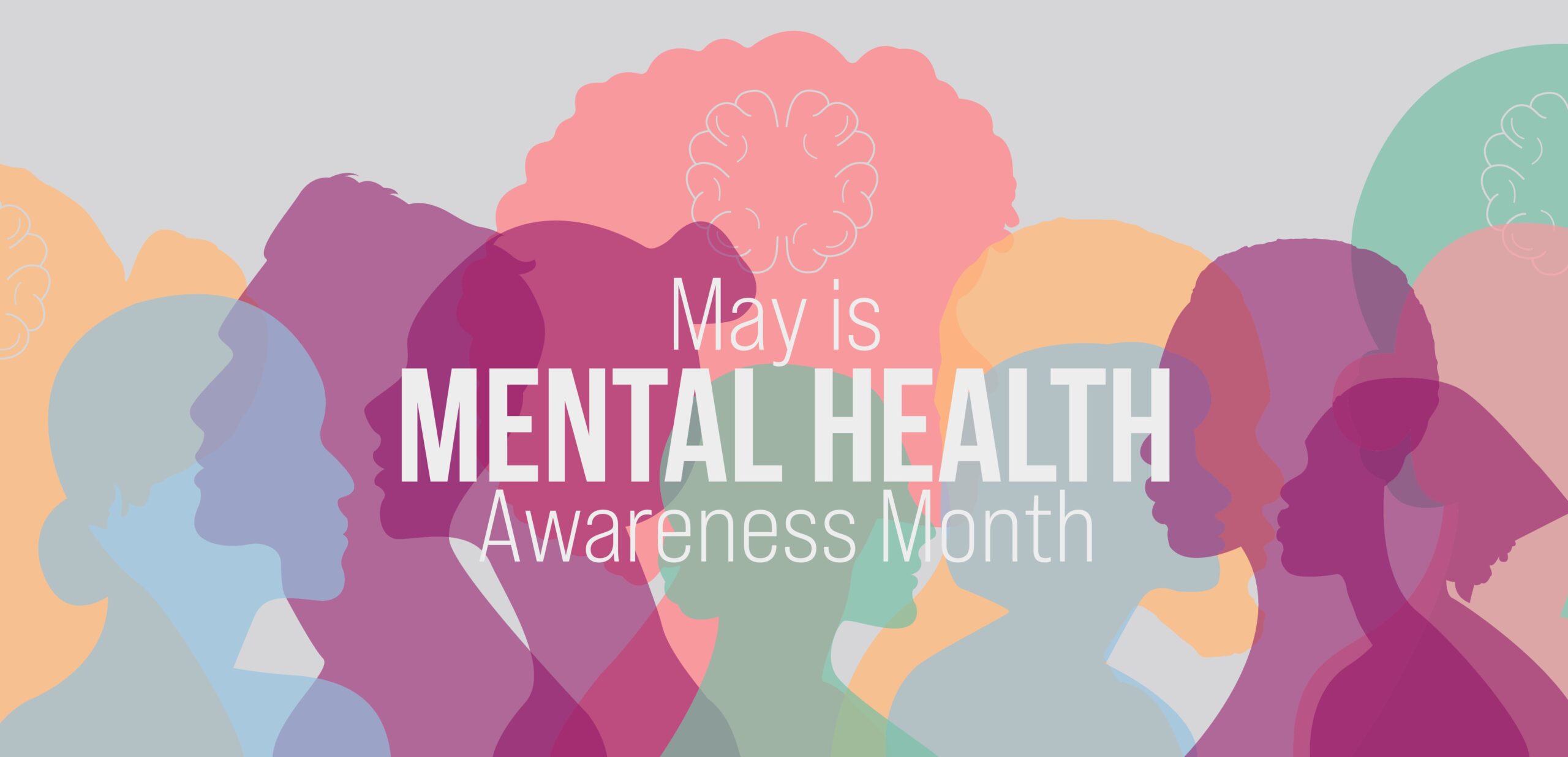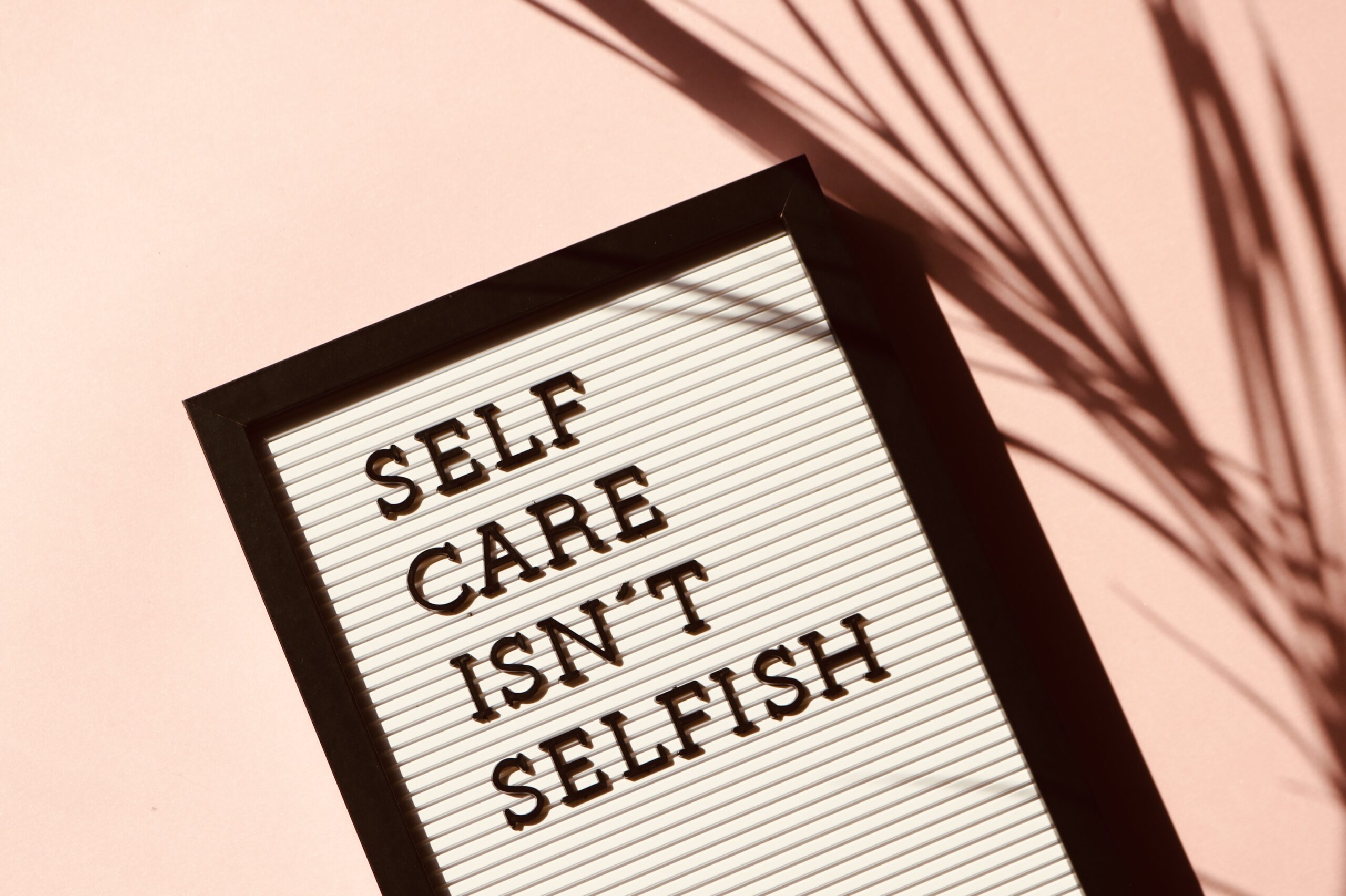A common challenge when raising a newborn is having to prepare two separate meals –one for the baby and one for the rest of the family. The lack of time leads to families relying on store-bought baby food containing many preservatives and additives, which negatively impacts their babies’ health. To avoid this common struggle, baby-led weaning (BLW) can be introduced to an infant at just 6 months old.
What is Baby-Led Weaning, and Why Do Some Parents Choose It?
Baby-Led Weaning (BLW) is an approach to starting solids where babies feed themselves soft finger foods from around 6 months old, instead of being spoon-fed purees (3). This method supports independence and the development of fine motor skills (3).
Advantages:
- Baby-led weaning introduces babies to completely new flavours and textures, providing them with a high variety diet, and more nutrients instead of a rotation of the same few foods pureed (2).
- From Baby-led weaning, babies will gain developmental skills through observing table manners, learning to chew and the ability to have control over their portion sizes while at the family table (3).
How Do I Start?
Knowing recipes that are safe to cook for your family and your newborn can be overwhelming at first, but with these simple guidelines, it can be made much easier:
- Take out or limit salt: Babies’ organs are still developing, and high amounts of sodium can pose a risk.
- Instead of adding salt when cooking, skip it and add it to your portion after the cooking.
These are some ingredients that contain high sodium that you may want to consider:
- Processed meats like ham, bacon and sausages
- Broths
- Canned vegetables
- Condiments including soy sauce, ketchup and dressings
Opt in for “no-added salt” options where you can!
- No added sugar/sweeteners: Added sugar can often take the place of important nutrients in foods; excluding it will increase your babies’ nutrient intake (1). Introducing sugar before the age of 2 has been linked to an increased risk of many chronic medical conditions, including asthma, high blood pressure, cardiovascular disease and obesity. Studies also suggest that introducing added sugars to infants may have long-term effects on their health and taste preferences (5).
Some ingredients that contain added sugar:
- Fruit juices
- Condiments including Ketchup and BBQ sauce
- Flavoured yogurts
- Sauces including stir-fry and pasta sauce
Opt for plain yogurts, whole fruits and try to make your own sauces when possible.
- Limit Spicy Foods: While spices can make your meals more flavorful and are often great for babies, spicy foods might be too strong for babies and can even cause discomfort, especially if they accidentally get in their eyes.
What are the best foods to feed my baby?
Some examples of safe foods for newborns include:
- Soft-cooked vegetables
- Eggs cut into strips
- Ripe fruits into bite-sized pieces
- Cooked sweet potatoes (not mashed)
- Ground or shredded soft meats
Foods to avoid: Can be a choking hazard
- Hard vegetables like raw carrots
- Nuts and seeds
- Round fruits like grapes can be cut into smaller pieces
- Tough cuts of meat like steak
By making a few small changes to your everyday meals, your baby can start enjoying the same foods as the rest of the family while getting the nutrients they need to grow and develop. Baby-led weaning can feel a bit overwhelming at first with all the restrictions, but starting simple is okay. Stick to easy recipes without added salt, sugar, or strong spices. It gets easier over time. Cooking together can also be a fun way to bring the family closer, especially when life gets busy. Sharing a meal at the table can become more than just eating. It’s a chance to slow down and reconnect.
Connect with us:
Want support with meals your baby can enjoy too? Book an appointment with our dietitians and nurse practitioners. We’re here to help!
Resources:



